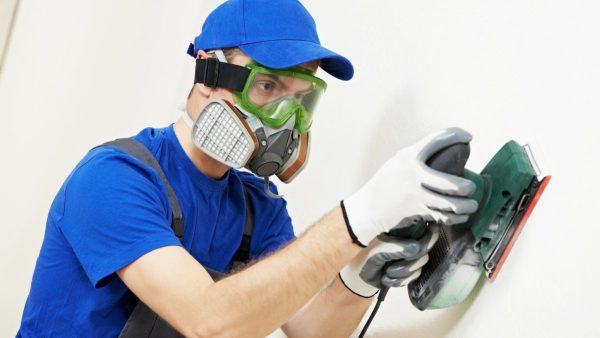Paint and sealant removal from building exteriors

For a fresh coat of paint or sealant to effectively adhere to your commercial building exterior, it’s important to remove the old as much as needed. Here’s an overview of what to consider when removing paint and sealant.
Selecting the correct removal method
Evaluating different paints and sealants
Removing paint versus removing sealants may require different techniques, so it’s essential to determine if it’s a sealant or a paint.
Matching methods to surface types
Some materials are more durable, so you can remove paints and sealants with more abrasive techniques. Paints and sealants will also stick more to some materials than others.
Considering environmental and safety factors
If you are removing lead paint or other paints with toxic by-products, you want to take extra safety precautions. Other risk factors include eye damage or fall risks.
Cost and time efficiency analysis
It may be best to completely remove the old paint or sealant, but depending on the material, it may not be necessary. Before you begin, consider how much you need to remove and the time and materials cost.
Detailed techniques for removal
Chemical stripping
- Caustic or sodium hydroxide liquid chemicals – best for carved, horizontal surfaces. The time it takes varies on thickness. They are very drippy. Make sure to wear skin and inhalation protection.
- Solvents – a thick gel good for vertical surfaces, but the fumes are very toxic. The process from setup to drying time takes a long time.
- “Green” strippers – more environmentally friendly but require multiple applications. Make sure the liquid is thick enough to not drip on vertical surfaces.
Mechanical removal
Removing paints and sealants with hand or electric sanders and wood-shaving equipment is faster than using chemicals, but there is a higher risk of damaging the wood.
Abrasive blasting
This method involves either sandblasting or dustless blasting, which is much safer than sandblasting.
Heat application
Paint and sealants can often be removed easily with hand scraping after being treated with a heat gun. However, this method risks fire or burned patches, and the gases from heated lead paint can be toxic.
JK Industries has a comprehensive range of exterior commercial painting, restoration, and waterproofing services. Contact us about your needs today.
